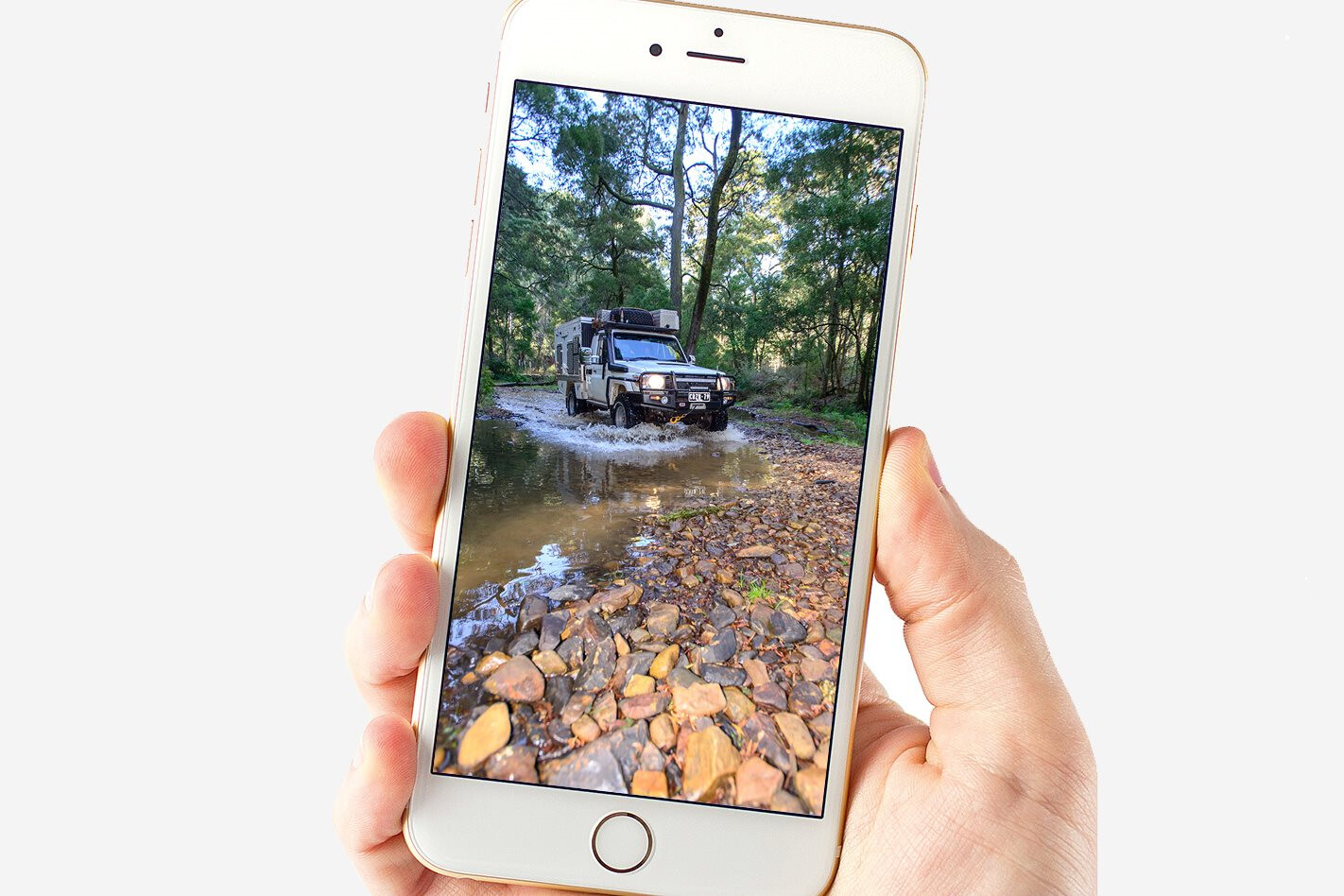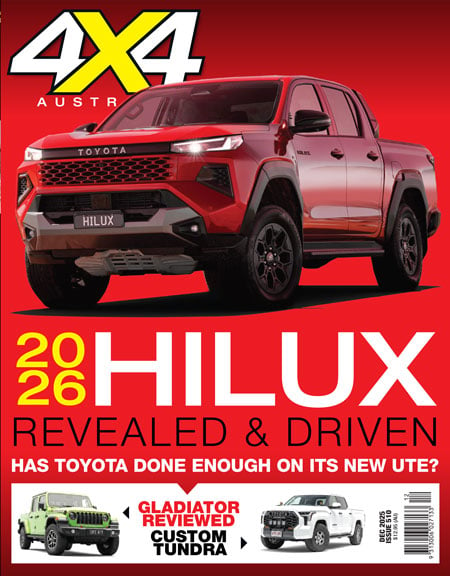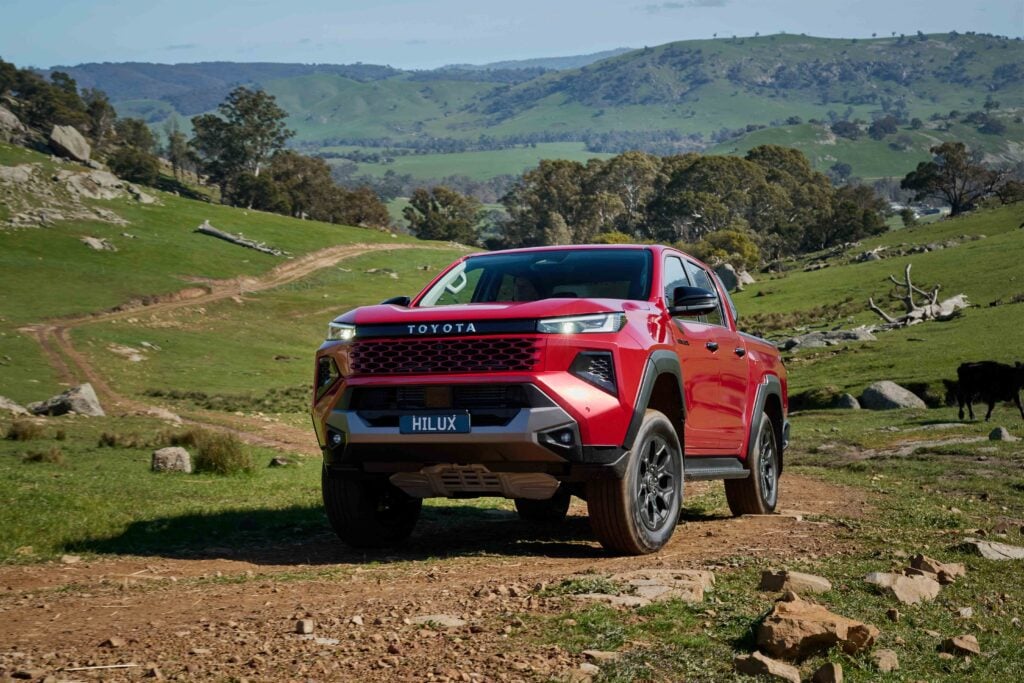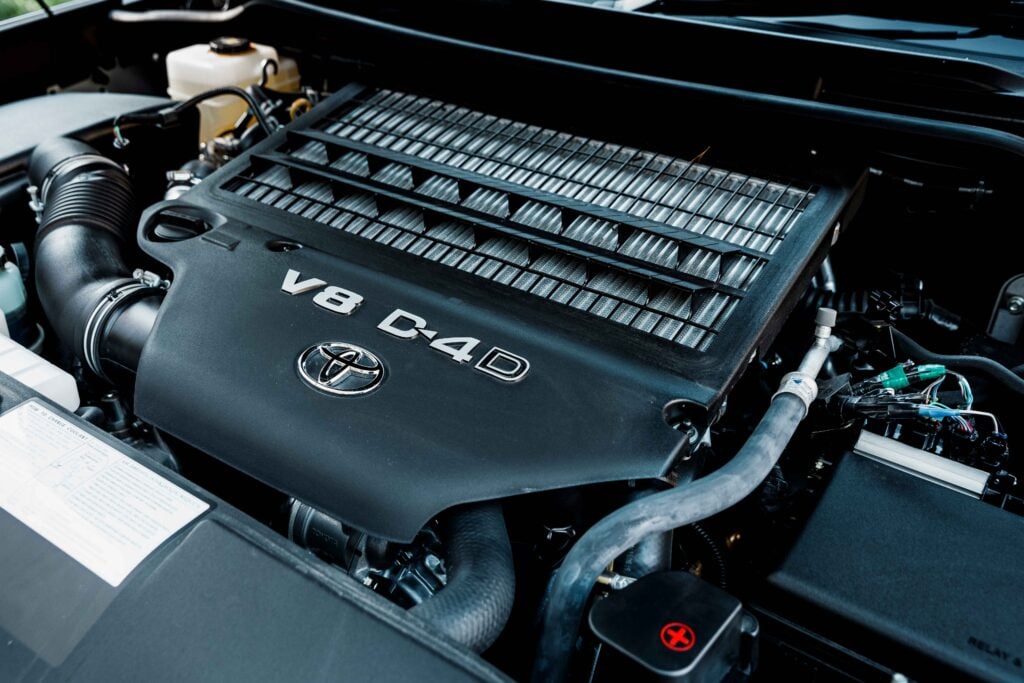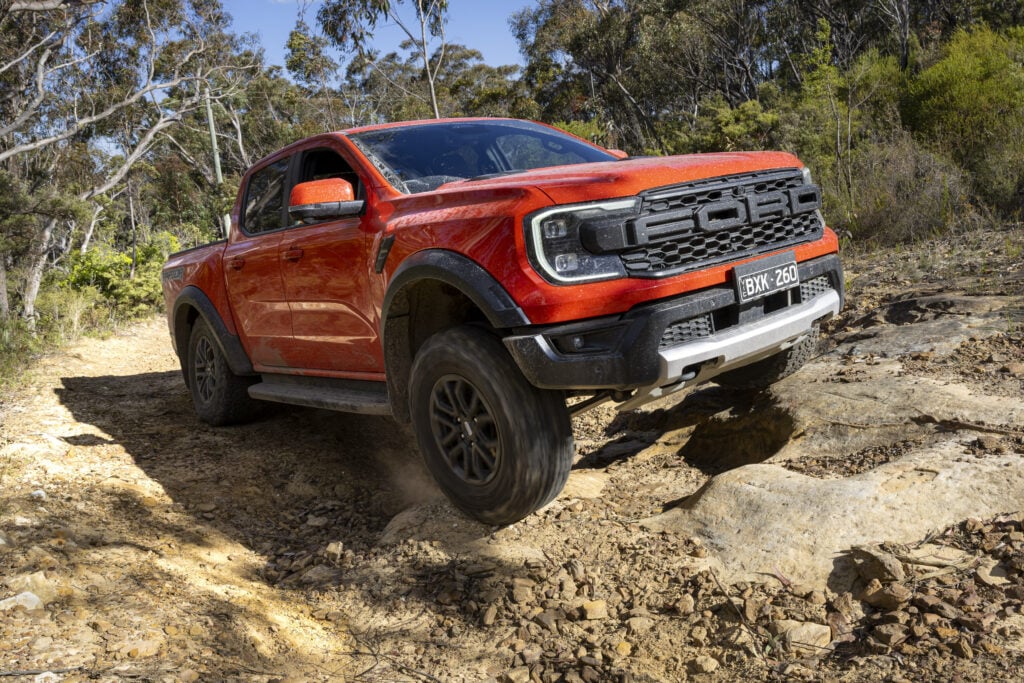Technology is not a dirty word. Dean remembers when disks were floppy and the ‘cloud’ was just what sits over melbourne.
My smartphone has 128 gigabyte capacity. So, as well as using it to make calls, I use it to take and store photos and videos, to record and store interviews, to listen to and store music, to send and receive emails and text messages, to upload pics and stories to social media platforms, to make and receive video calls, to navigate with and to store maps on, to do my banking… well, it’s a bloody handy device and I’d be fairly stuffed if I lost it (although, its content is all backed up to the Cloud).
Regardless of the obvious benefits of smartphones, they are complained about a lot these days. People say they’re a technological blight on society and that they detract from real human interaction and the like, but I reckon they’re grouse… because I remember what life was like before smartphones.
When I scored my first job as a four-wheel drive journo in 1994, there was no email.
Imagine that! We had to pick up the phone (a landline) and call people to source information… and if they were out of the office, the only option available to us was to leave a message, usually with a secretary (who also went the way of landlines), who would then occasionally send a text to your contact’s pager, if they had one.
There was no internet. If we wanted to source information, we’d either have to call someone and hope they answered the phone (see above) or spend several hours rifling through files, microfiche, books or magazines until we found what we were looking for.
Press releases were printed on paper and accompanying photos were black-and-white prints or 35mm colour transparencies, the latter usually duplicated so many times that the colours were all washed out and they were blurry. They were delivered to you by a postman or a courier, so they could take several days to arrive.
Things that should have been big were small, and things that should have been small were big. My first office computer was a tiny Macintosh Classic with a black and white screen that was only good for word processing.
If I wanted to transfer any information to another person, I had to record said info to a magnetic floppy disk and carry it over to that person, who would then insert it in their own Macintosh Classic and attempt to download it in a reasonable time frame.
My first mobile phone, on the other hand, was too big to fit in my pocket, yet it had no other function than to make calls and send texts, and I had to clip it to my belt.
There were no digital cameras, and unless you were a good professional photographer (I’m not), taking good photos of moving four-wheel drives in the bush was always a hit-and-miss affair. The first problem was the expense of film, which meant you were very limited in the number of photos you could take.
The second problem was that you couldn’t instantly review your shots to make sure they were framed properly, lit properly and in focus, so you just had to take as many as you could afford and then hope for the best. The third problem was that you had to store the film in a cool, dry place, which was always difficult on extended bush trips, and you had to be wary of 400 ASA (now-called ISO), or above, film going through airport security x-rays. Oh, and then there was the issue of opening up the back of the camera to change film on a dusty track…
There were no hand-held video cameras. To do a video, you needed a whole film crew, so we just couldn’t afford to do them.
GPS was in its infancy and Selective Availability (Google it) made navigating with a GPS receiver a fairly inaccurate art. And anyway, GPS receivers had such a huge appetite for AA batteries that it was prohibitively expensive to switch them on, and even when you did, they gave you nothing more than vague co-ordinates that you would then have to plot on a paper map.
If you wanted to take music with you, you’d need a bag full of cassettes. Sound quality was generally awful, especially on corrugated roads, and the tapes would often get jammed in a car’s cassette deck.
By the mid-90s, ATMs had been around for a while, but if you wanted to do anything at the bank other than withdraw or deposit cash, you had to queue up to see a teller. These days, you can do just about all of your banking on the phone.
One of the things I love about my smartphone is that the hardware becomes more useful as smarter people than I invent and develop new apps for it. When I think of all of the things my smartphone can do, all of the devices it replaces and all of the access to information it gives me, I’m amazed. And it all fits easily in my pocket!

